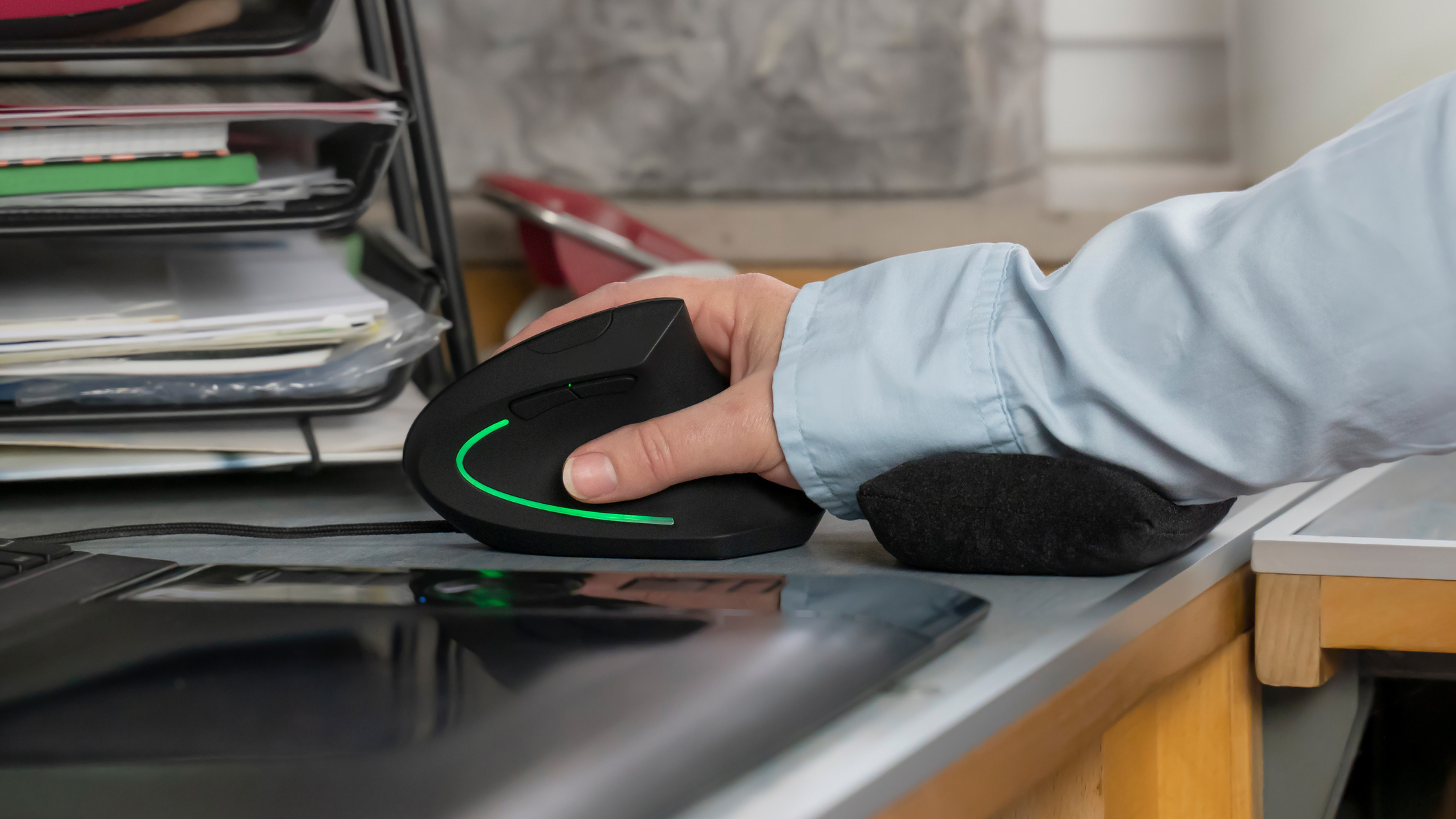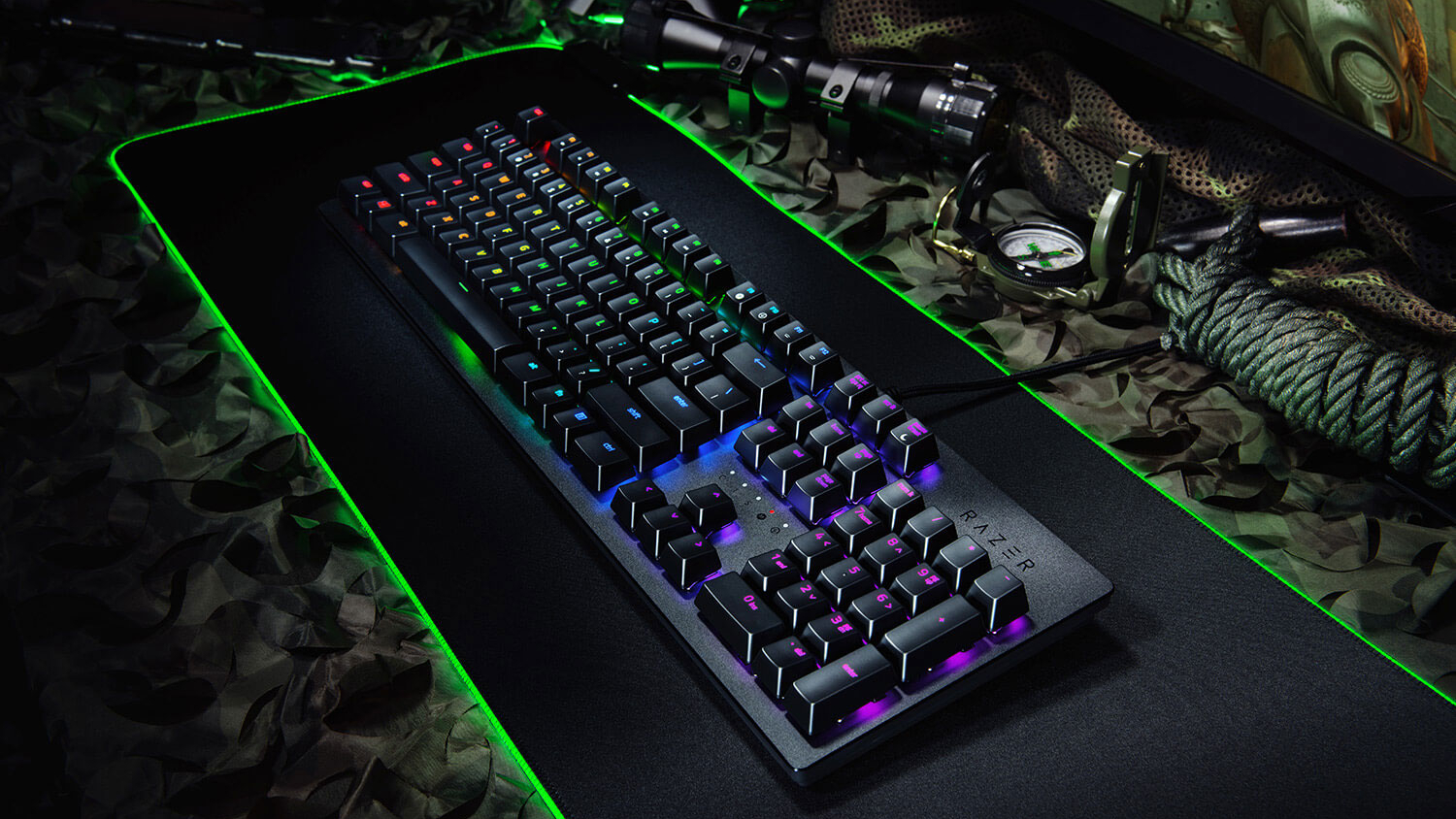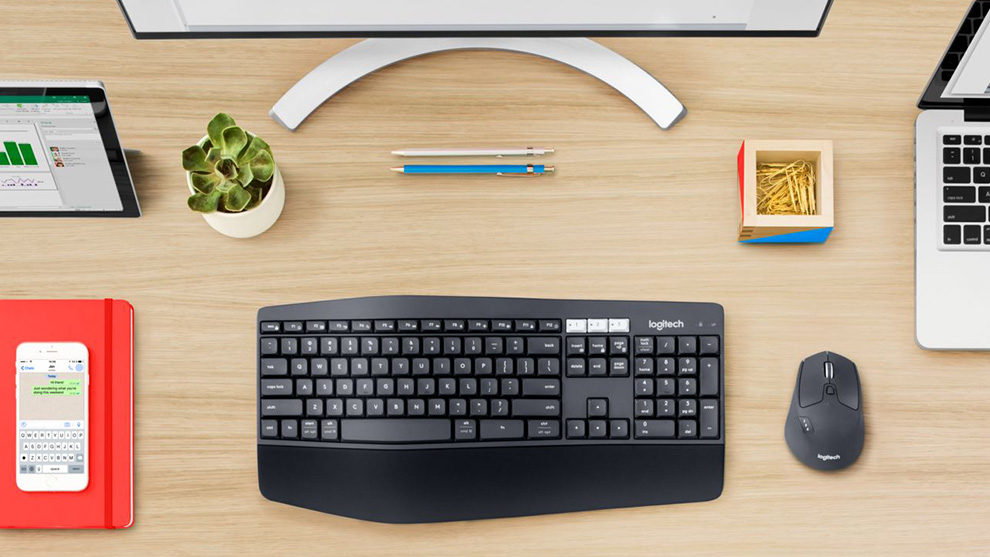So, you’ve finally decided to replace that dusty old wired keyboard and roller-ball mouse with one of the best wireless keyboard and mouse combos. Maybe you got tired of having to clean out the mouse, or you want a keyboard that can move around the house with you if you decide you want to type from the comfort of your couch?
But which one should you choose? What are the differences between the various wireless keyboard and mouse options out there and which type should you go for?
Don’t worry, it’s not a complicated process and in reality most of them are largely the same, but there are three key areas that different keyboard and mouse sets will have different solutions for: How they connect, how comfortable they are to use, and how the keyboard feels to type on.
Connectivity: Wireless vs Bluetooth
Wireless peripherals like keyboards and mice can connect to your computer via one of two different wireless systems - Traditional 2.4 GHz wireless or Bluetooth. Before we get too far into the details, let's make it clear that both Bluetooth and 2.4 GHz Wireless Technology function perfectly well for pairing a wireless keyboard and mouse with a computer. The range is consistent at about 30 33 feet (10 meters). That varies with environmental factors such as walls or furniture that may come between the computer and the peripherals, but each system is equally affected.
The first thing you should consider when buying a wireless keyboard and mouse is does your computer have Bluetooth capabilities?

Most of the best home computers will have Bluetooth, and basically all laptops will too, but some older PCs may not have Bluetooth capabilities. Likewise if you built your own computer, you may have neglected to put a Bluetooth card in it. If your computer doesn’t have Bluetooth, you can buy a Bluetooth dongle which plugs in via a USB slot.
Wireless devices which are using the 2.4 GHz connection method will come with their own proprietary USB dongle which lets you connect them straight to your computer. Either dongle based solution will take up one of your USB slots though, so connecting via built-in Bluetooth is the most space efficient option.
Comfort: Standard vs Ergonomic
With people working long days sitting at a computer, research and development have gone into designing the ultimate in ergonomic keyboards, and even mice, to maximise your comfort when you’re typing away. But these fancy devices usually come at a premium cost. So should you bother with an ergonomic solution, or will a standard keyboard be enough?
We’d say this depends on how often you’re likely to use your computer? If you’re just using it for occasional web browsing in short bursts, or watching cat videos on YouTube then you can get away with a standard keyboard and mouse. But, if you’re going to be spending a significant amount of time using your keyboard and mouse, we’d highly recommend an ergonomically designed set-up.
If you're going to be using your keyboard to work from home, then we'd recommend checking out our best keyboard for home offices guide.

Ergonomic keyboards tend to have a split down the middle, with half the keys on each side. The two sides will be angled slightly outwards. This gives a more comfortable typing position for each hand. They can also have padded wrist guards for you to rest on as you type, and a host of other small details designed to improve your typing experience.
Ergonomic mice can get even wilder, and there are some truly bizarre looking designs out there, like the Logitech MX Ergo with a tracker ball on one side and a slanted top surface to give your hand a more natural resting position to prevent niggling injuries and strains from creeping up on you over time.
Keyboard: Membrane or Mechanical
The two main types of keyboard you will find are standard and mechanical keyboards, but what’s the difference? Standard keyboards, also sometimes called membrane keyboards, feature a layer of membrane above a series of conductive traces relating to each key. When you press a key, that section of the membrane is depressed and makes contact with the conductive trace. A layer of graphite on the underside of the membrane completes the circuit and the key press is registered.

The main advantages of regular keyboards is that they are cheaper and quieter than mechanical keyboards - if you can’t stand the sound of keys clacking then we’d recommend this option.
In mechanical keyboards, every key is it’s own individual switch. Mechanical keyboards tend to be more robust, and offer a much more tactile experience when compared with regular keyboards - It feels a lot more like typing on a typewriter.
The advantage of a mechanical keyboard, other than the feel of typing on it, is that they tend to be more robust and durable. Since each key is its own switch, you also don’t need to depress a key the whole way to type on it - this is of particular advantage to touch typists who can work quicker on a mechanical keyboard.

